Why be normal, when the weird stuff is way more interesting?
Time Traveler Evidence
Throughout history, humanity has been fascinated by the idea of bending time itself. Could we move beyond the boundaries of past, present, and future? Time travel has long been a staple of science fiction, but some claim it’s more than just a story. Alleged sightings of “time travelers” and mysterious artifacts spark debates about whether these tales could hold a kernel of truth.
From intriguing photographs that defy historical norms to first-hand accounts of “time slips,” these stories challenge our understanding of reality. Are these claims evidence of temporal manipulation, or are they elaborate hoaxes that prey on our fascination with the impossible? This post delves into the most compelling “time traveler stories” and the mysteries behind them, examining whether they reveal truth or fiction.
The “Time-Traveling Hipster” Photo
One of the most famous examples of alleged time travel is the “time-traveling hipster” photo. This black-and-white image, taken in the 1940s, depicts a man who appears strikingly modern amidst a crowd dressed in era-appropriate clothing. His sunglasses, casual hairstyle, and what seems to be a printed T-shirt have led many to speculate that he doesn’t belong in the past.
The photo first gained attention in the early 2010s when it was discovered in the Bralorne Pioneer Museum’s archives. It quickly became a viral sensation, with enthusiasts analyzing every detail. However, closer analysis has suggested more mundane explanations. The “modern” attire could easily be explained by contemporary styles of the 1940s, and the apparent camera he’s holding may not be as futuristic as it first appears. Despite these logical rebuttals, the photo remains a favorite among time travel enthusiasts, sparking debates about its authenticity to this day.
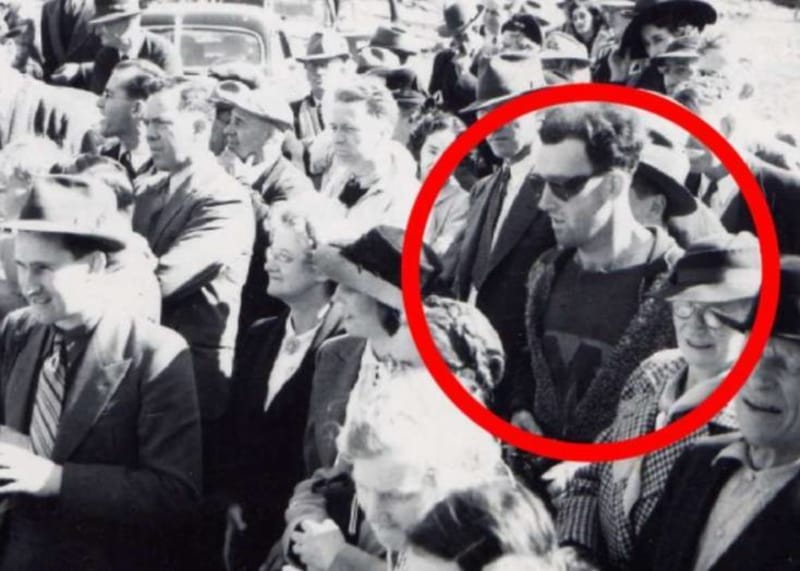
The Curious Case of John Titor

In the early 2000s, the internet buzzed with the enigmatic posts of John Titor, a man claiming to be a time traveler from the year 2036. Titor’s posts detailed a dystopian future and included descriptions of his mission to retrieve an IBM 5100 computer, supposedly critical for solving a Y2K-like problem in his timeline.
Titor’s claims extended beyond technical missions. He described societal collapse, nuclear war, and a fractured United States, making him one of the most detailed time travel storytellers of the internet age. Several of his predictions—including civil unrest in the U.S.—have been linked to real-world events, though skeptics argue that these predictions were vague or coincidental.
Despite the skepticism, Titor’s posts featured detailed technical knowledge of IBM 5100 capabilities that weren’t widely known at the time, fueling speculation about his authenticity. Was John Titor a fraud, or did his actions alter the course of history, preventing his predictions from coming to pass?
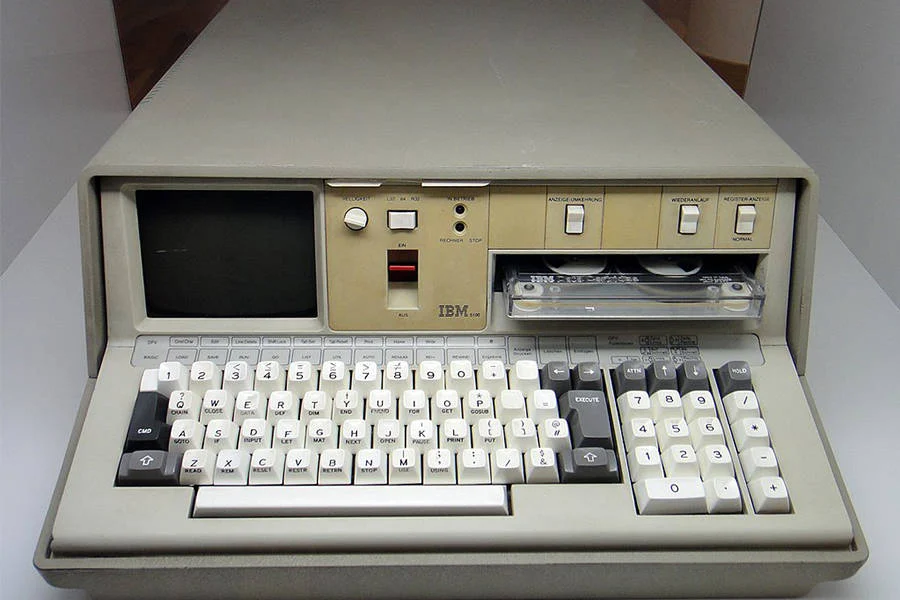
The Moberly-Jourdain Incident
In 1901, two women, Charlotte Anne Moberly and Eleanor Jourdain, claimed they had experienced a bizarre encounter while visiting the Palace of Versailles in France. According to their account, they stumbled upon people dressed in 18th-century attire and witnessed scenes from pre-Revolutionary France. Later, they concluded they had slipped through time.
The women’s detailed account included interactions with historical figures and descriptions of clothing and architecture that aligned with the late 18th century. Skeptics have attributed the event to a shared hallucination or the influence of their imaginations, heightened by the palace’s historical significance. Yet, their account—published as a book in 1911—remains one of the most compelling “time slip” stories on record, inspiring both intrigue and skepticism.
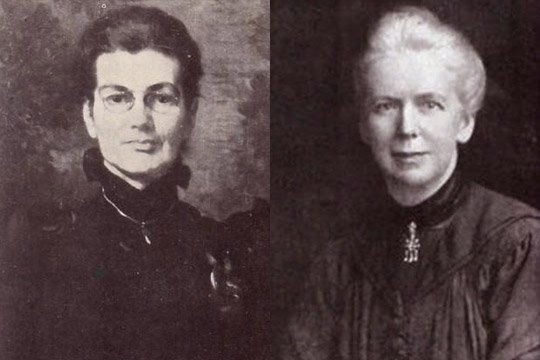
Out-of-Place Objects and Evidence
Time travel theories often draw on physical evidence of objects seemingly out of place in history. These anomalies spark intense debate and fuel speculation about the possibility of time travelers leaving behind traces. Here are some of the most intriguing examples:
The London Hammer
Discovered in Texas in the 1930s, the London Hammer is a metal hammer encased in a rock believed to be over 100 million years old. Skeptics argue that the rock formed around the hammer due to natural processes over time, but believers see it as proof of technology out of its era. If genuine, this artifact raises profound questions about how it came to be embedded in such ancient rock.

The Antikythera Mechanism
Often referred to as the world’s first analog computer, the Antikythera Mechanism was found in a shipwreck off the coast of Greece in 1901. This complex device, dating back to around 150 BCE, could calculate celestial movements with remarkable precision. Its advanced engineering has puzzled historians, leading some to speculate that it might represent knowledge far ahead of its time—or even technology introduced by a visitor from the future.
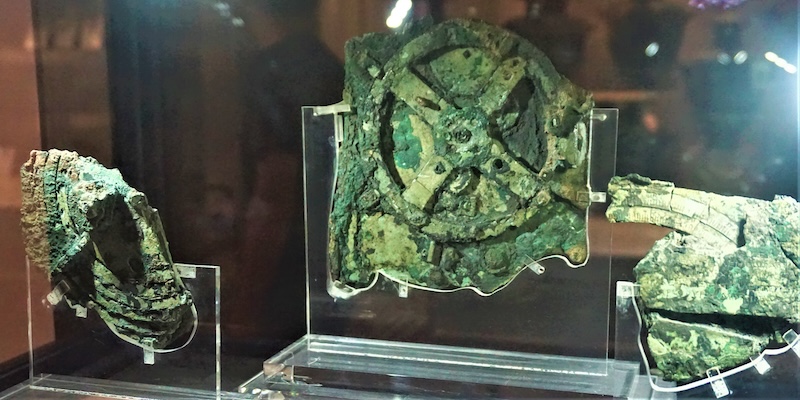
The “Swiss Watch” in a Chinese Tomb
In 2008, archaeologists excavating a 400-year-old Ming Dynasty tomb in China found what appeared to be a miniature Swiss watch. The tiny object, frozen at the time 10:06, has no clear explanation. Critics argue that it could have been accidentally introduced into the tomb during later excavations, but for time travel enthusiasts, it’s a tantalizing hint of temporal disruption.
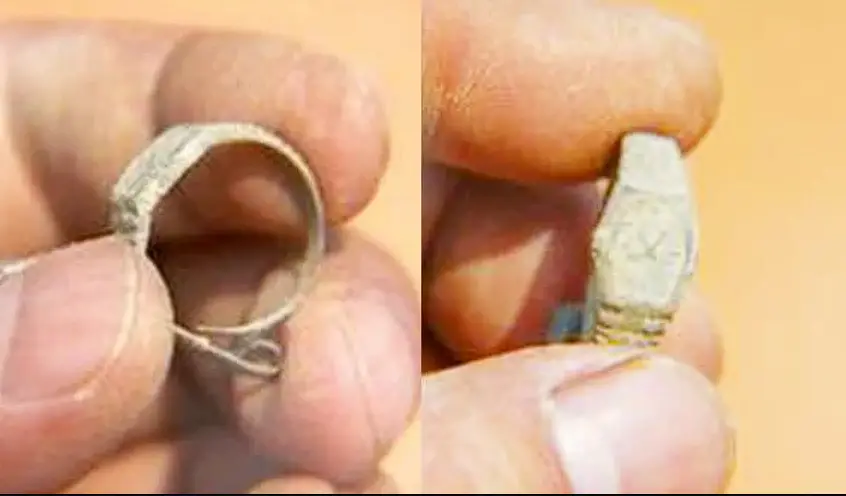
The Dorchester Pot
In 1852, a metallic vase-like object, known as the Dorchester Pot, was reportedly blasted out of solid rock in Massachusetts during a mining operation. Its intricate design and metallic composition seemed too advanced for its estimated age, which was over 500 million years old according to some accounts. Though skeptics attribute it to natural or modern origins, its mysterious nature continues to inspire wonder.

The Baghdad Batteries
Discovered in Iraq in the 1930s, these ancient clay jars with copper and iron components are believed by some to be early electrical batteries. While mainstream archaeologists consider them a testament to ancient ingenuity, others suggest they may be artifacts brought back from a technologically advanced future.
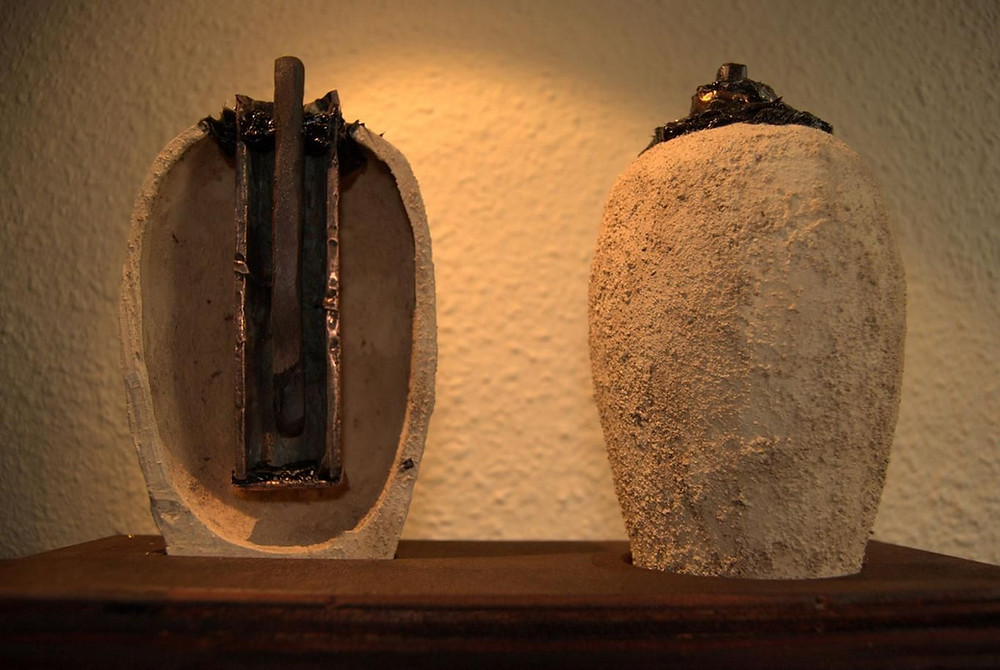
Viking Uunartoq Disc
The Viking Uunartoq Disc, found in Greenland, is believed to have been used as a sun compass for navigation during Viking voyages. However, its precise and advanced functionality has raised questions about how such sophisticated technology existed during the Viking Age. Some propose that its design hints at knowledge beyond its time, possibly linked to time travelers or lost civilizations.
While mainstream science often provides plausible explanations for these anomalies, they remain tantalizing clues for those who dream of bending time. Whether they represent misinterpretations, hoaxes, or genuine evidence of time travel, these objects challenge our understanding of history and continue to captivate the imagination of researchers and enthusiasts alike.
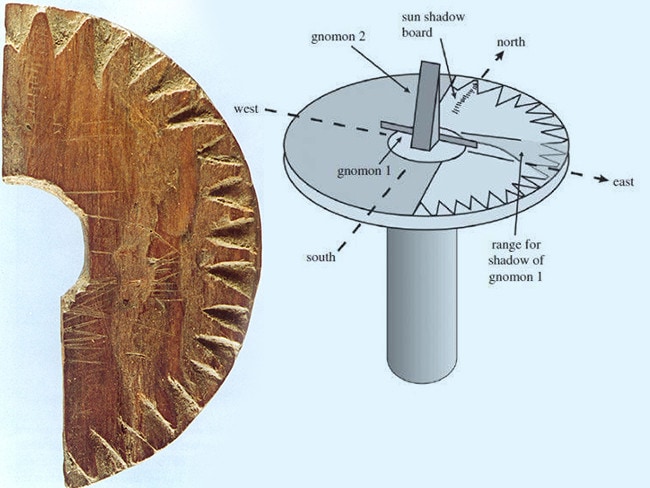
Theories Behind Time Travel Stories
What could explain these fascinating tales? While many remain skeptical, the following theories offer potential explanations for alleged time travel experiences, blending science, psychology, and speculative ideas:
Psychological Phenomena
Human perception and memory are far from perfect. False memories, hoaxes, and misinterpretations often provide a rational explanation for time travel stories. Psychological conditions, such as dissociation or hallucinations, might lead individuals to believe they’ve experienced time slips. Additionally, collective storytelling and the influence of popular culture can create a feedback loop where such ideas feel more plausible. For instance, suggestive environments—like historic locations or sites of reported anomalies—might trigger imaginative or distorted perceptions of reality.
Some researchers also explore the role of the subconscious in shaping these experiences. Could dreams or suppressed desires manifest as vivid “memories” of another time? While such explanations lean toward skepticism, they emphasize the complexity of the human mind in creating and interpreting extraordinary events.
Parallel Universes
The multiverse theory, a concept rooted in speculative physics, suggests that our universe may be just one of many. In this framework, parallel universes could exist with subtle or dramatic differences from our own. Stories of “time slips” or encounters with out-of-place individuals might be evidence of temporary interactions between these universes.
For example, the Moberly-Jourdain incident, where two women reportedly witnessed pre-Revolutionary France, could be interpreted as a fleeting overlap with another reality. Similarly, artifacts like the “Swiss Watch” found in the Chinese tomb might represent objects that “bled through” from a parallel timeline. Although speculative, this theory aligns with ideas emerging in quantum physics and string theory, making it an enticing possibility for time travel enthusiasts.
Quantum Physics
Quantum mechanics provides intriguing, though highly theoretical, grounds for time travel. Concepts like time loops, wormholes, and the relativity of time offer a framework for bending or manipulating time. Einstein’s Theory of Relativity, for instance, posits that time and space are interconnected, and traveling at near-light speeds could theoretically slow down time for the traveler relative to those remaining stationary.
Wormholes, hypothetical shortcuts through spacetime, are another potential avenue. If such phenomena exist and could be stabilized, they might allow for travel across vast distances—or even different points in time. Physicists like Kip Thorne have explored the mathematical feasibility of such structures, though the energy requirements and stability challenges make practical application far beyond our current reach.
Additionally, quantum entanglement, where particles remain connected across vast distances, raises questions about the flow of information through time. Could entangled particles provide a mechanism for sending messages—or even matter—into the past or future?
Cultural Archetypes and Mythology
Many time travel stories mirror ancient myths and archetypes. The concept of “stepping out of time” appears in numerous cultures, from the Irish legends of Tir na nÓg, where people age differently, to the Hindu Mahabharata, which includes references to time dilation. These parallels suggest that the idea of moving through time is deeply embedded in human consciousness.
As modern science evolves, these ancient tales gain new relevance, merging cultural storytelling with speculative physics. Could these myths hint at earlier interpretations of time-related phenomena, or are they merely symbolic reflections of humanity’s desire to transcend mortality?
Technological Manipulation
A more speculative but fascinating idea is that advanced civilizations or future societies might possess technology capable of manipulating time. If such technology exists, its effects might appear to us as “glitches” or anomalies. For example, unexplained technological artifacts like the Antikythera Mechanism might represent attempts by future societies to interact with or study the past.
Additionally, some researchers have proposed that certain UFO sightings might actually be evidence of time travelers observing or interacting with humanity at various points in history. This theory, while fringe, ties into broader discussions about unidentified aerial phenomena (UAPs) and their potential origins.
These theories, while speculative, highlight humanity’s enduring curiosity about time travel and its possibilities. Whether rooted in science, psychology, or cultural storytelling, they invite us to consider the limits of our understanding of reality. As science progresses, who knows what new discoveries might bring us closer to unraveling these mysteries?

